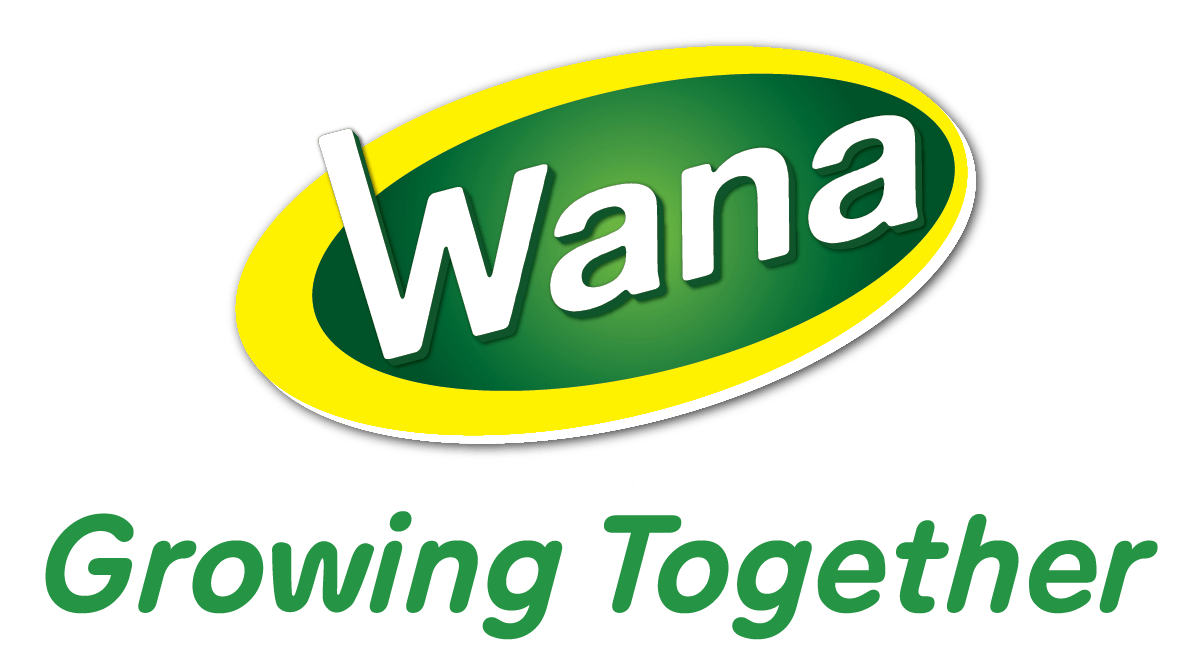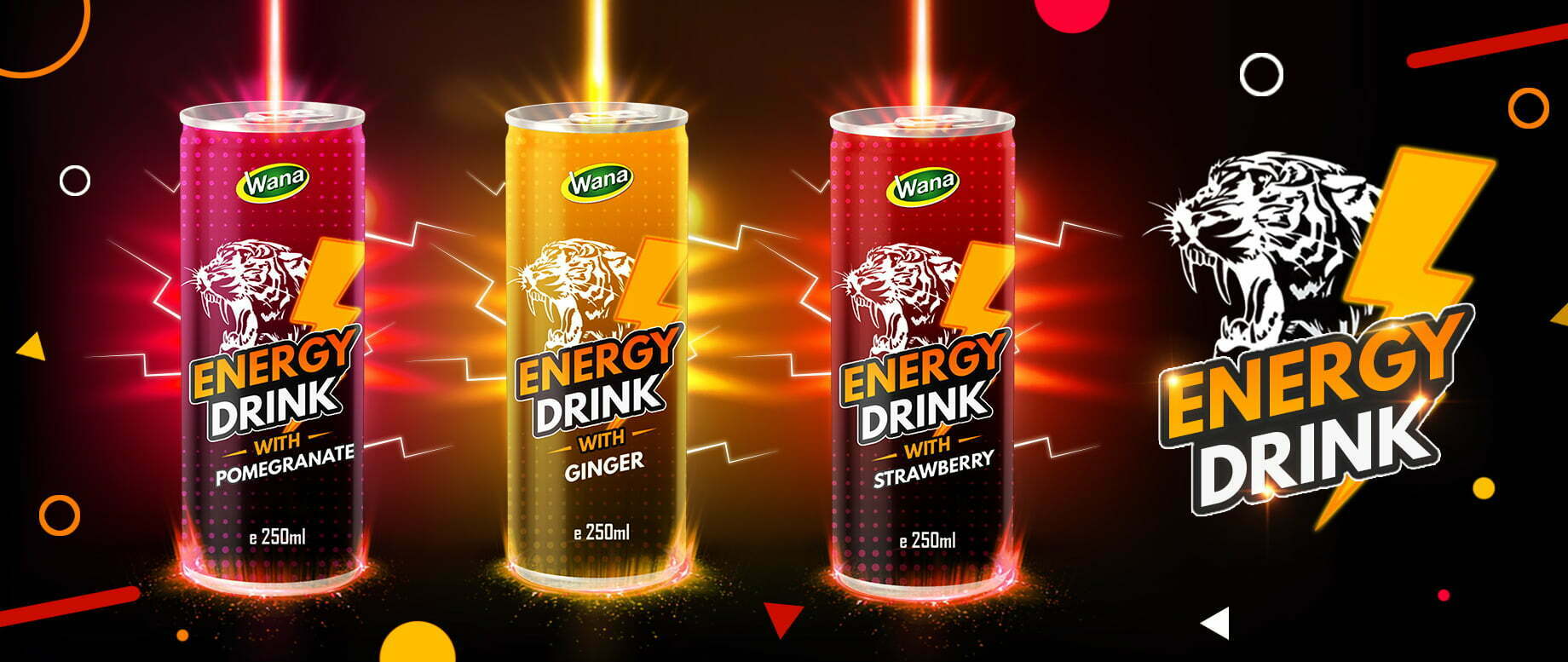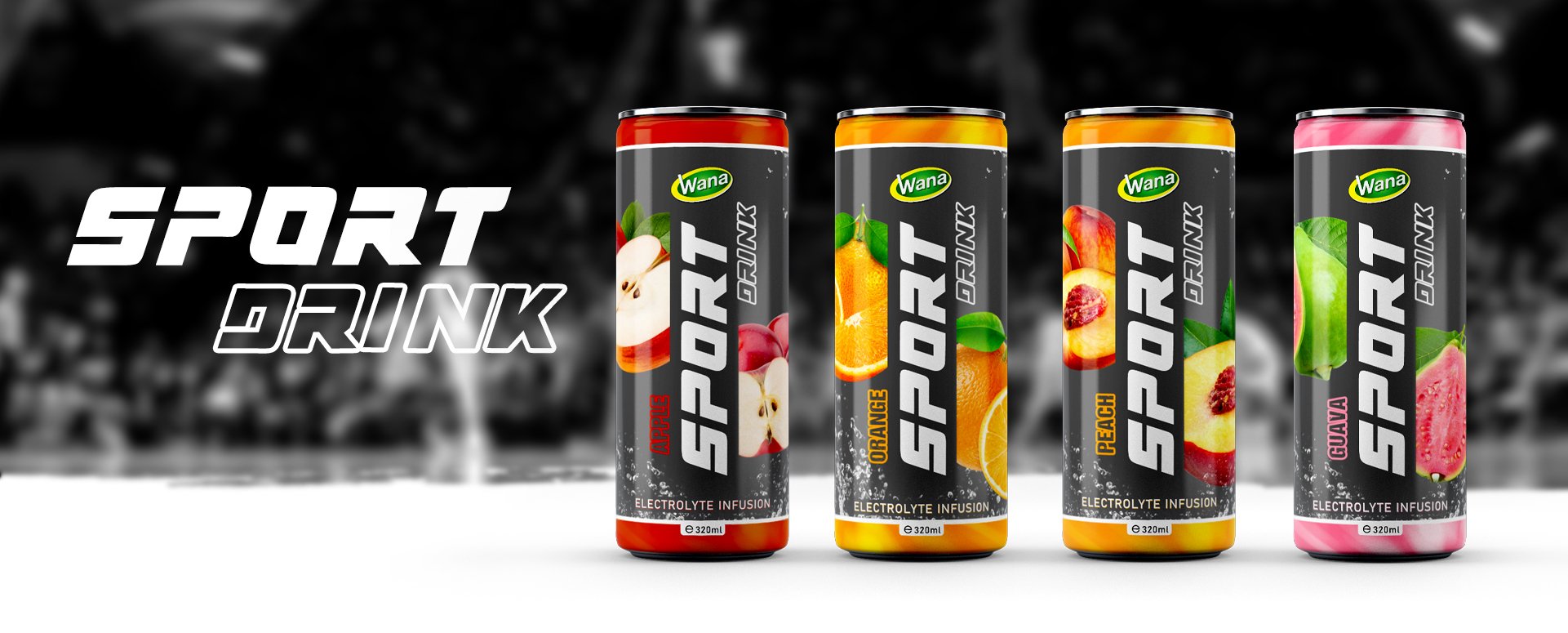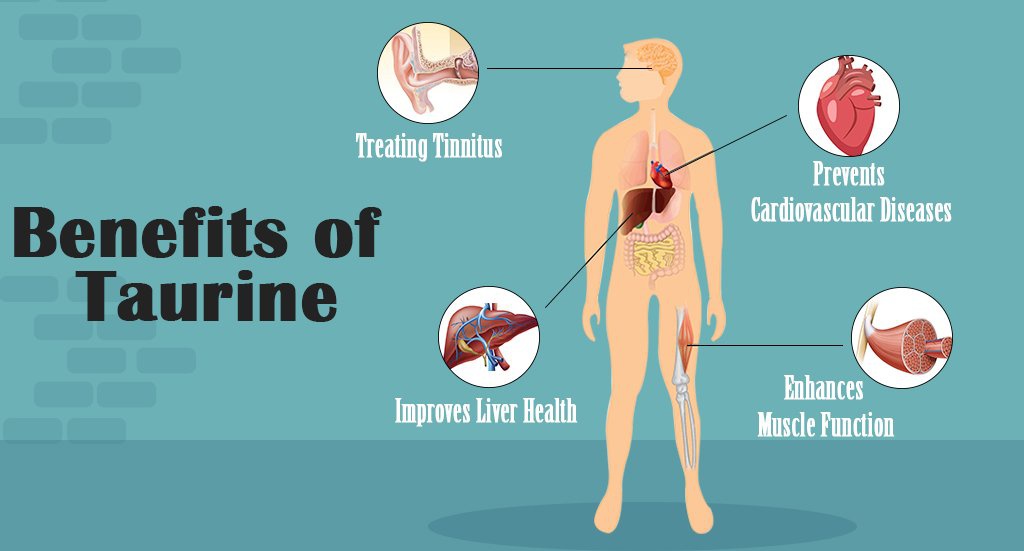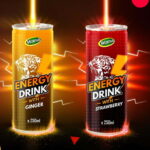Best energy drink has become a ubiquitous part of modern life, with millions of people consuming them every day to help stay awake, focused, and energized. However, the history of energy drinks is a relatively recent one, with the first modern energy drink appearing on the market just a few decades ago. In this article, we will take a deep dive into the history of energy drinks, exploring their origins, rise to popularity, controversies, and innovations.
What is the best energy drink?
An energy drink is a stimulant drink, usually including caffeine, marketed as a mental and physical stimulant (marketed as having “energy”, but requiring dissociation). Products are either carbonated or non-carbonated and most often contain sugar or other sweeteners, herbal extracts, taurine, and amino acids. They are part of a large group of energy products, which include bars and gels, and, unlike sports drinks, are advertised to enhance athletic performance. There are many brands selling this drink.
Coffee, tea, and other naturally caffeinated beverages are not generally considered energy drinks. Also, other soft drinks like colas may contain caffeine, but neither are energy drinks.
Some alcoholic beverages, like Buckfast Tonic Wine, contain caffeine and other stimulants. According to the Mayo Clinic, consuming 400 mg of caffeine daily is safe for healthy adults. Confirmed by a panel of the European Food Safety Authority, which also concluded that a caffeine intake of 400 mg per day does not raise health concerns for adults. According to the ESFA, it is equivalent to 4 cups of coffee (90 mg per cup) or 5 standard cans (250 ml) of an energy drink (80 mg).
Popularity of energy drinks in modern times
Currently, the beverage market is always fluctuating and growing rapidly, energy drinks is one of them. Consumers like to consume energy drinks because of the immediate effects that it brings, in addition to the low cost. However, energy drinks need to compete with many other soft drinks. Therefore, manufacturers have to research more and more to launch new products with new functions and flavors to attract buyers.
In addition, energy drinks are acquired by big brands that have been used since time immemorial. These brands gain the trust of customers, so consumption increases. Therefore, it is quite difficult for small and new brands in the market to compete. Anyway, energy drinks still have a very strong growth potential in the world. As long as it catches up with healthy trends, it will go even further.
Early origins
From the medicine…
Throughout history, people have searched and discovered many different drinks to overcome fatigue and bring focus, be it tea, coffee, or soft drinks… Back in 1886, John Pemberton was researching a tonic for nausea and heartburn when he unexpectedly invented the legendary Coca-Cola drink. At the time, it was formulated with a combination of caffeine-containing kola nut and coca leaf extract (which contains cocaine) for an energy boost. Despite attracting everyone’s attention, Coca-Cola is not considered the first energy drink. In addition, the company succumbed to government pressure and had to modify its formula to be cocaine-free in 1904.
In the UK, Lucozade Energy was first introduced in 1927 by a pharmacist from Newcastle, William Walker Hunter, as a hospital drink to “support recovery”. By the early 80s, people saw it as “replenish lost energy”.
In 1949, Chicago, USA-based Tri-City Beverage launched an “energy-boosting” drink called Dr. Enuf, which contains B vitamins, caffeine, and cane sugar. Dr. Enuf is still manufactured in Johnson City, Tennessee and is sold sparingly nationwide.
However, it was not until 1962 that the first official energy drink was born by the “father” of Taisho Pharmaceutical Corporation, Japan. After World War II, Japan entered a period of miraculous economic development with a record growth rate, making the country of the Rising Sun one of the world’s leading economies. The reason it is called a “miracle” is because, from the position of a losing country heavily devastated by war, Japan has completely changed its economic face in just a few decades, making the international community surprised. The Japanese at that time were full of hope and determination, they were willing to work all night to contribute to the common development of business and society.
To meet the long working demands of workers at that time, in 1962, Taisho Pharmaceutical Corporation launched Lipovitan D, a drink to enhance physical and mental function with the main ingredient: Taurine and other B vitamins.
The key ingredient – Taurine
The main ingredient of Lipovitan D is taurine, German scientists Friedrich Tiedemann and Leopold Gmelin in cow bile invented in 1872. The name of this compound comes from the Greek word “Tauros”, which means buffalo or cow.
Taurine is an amino acid that exists in the brain, heart, and liver, and people believe it has a steady state function in the body. In other words, the basic function of Lipovitan D is to restore the body’s fatigue through the action of taurine.
Taisho Pharmaceutical Company explains that the Lipovitan line works on an “energy cycle” that effectively converts nutrients into energy, which has the effect of reducing and combating fatigue. The energy cycle is a system that converts sugars, lipids, and proteins into energy necessary for life activities. Since taurine acts on lipids, we think it can help in fat burning and activation of energy conversion.
Since Taurin appeared in Lipovitan products, it becomes a compound ingredient in many next-generation energy drinks such as Red Bull, Rockstar, or Monster.
Some new ingredients of next-generation
Many studies research to make the best energy drink for you, various traditional beverages in different cultures around the world. Here are some examples:
- Tea: Tea is a popular traditional beverage in many cultures, particularly in Asia. Tea contains caffeine, which is a natural stimulant that can increase alertness and reduce fatigue. Some types of tea, such as green tea, also contain antioxidants and other beneficial compounds that may offer health benefits.
- Coffee: Coffee is one of the most popular beverages in the world. Coffee contains caffeine, it affects on the central nervous system. Drinking coffee can increase mental alertness, improve mood, and reduce fatigue.
- Maté: Maté is a traditional South American beverage, from the dried leaves of the yerba maté plant. Like tea and coffee, maté contains caffeine and has stimulant properties. In addition, maté is rich in vitamins and minerals, and it may have anti-inflammatory and antioxidant effects.
- Guarana: Guarana is a plant native to the Amazon basin and it is a stimulant in Brazil. The seeds of the guarana plant contain caffeine, other compounds that enhance cognitive function and physical performance. Guarana becomes an ingredient in modern energy drinks.
- Ginseng: People use ginseng in traditional Chinese medicine as a tonic to improve energy, mood, and overall health. Some studies suggest that ginseng may help the body cope with stress and improve resilience.
These traditional beverages are famous for centuries for their energy-boosting and stimulating effects. They continue to be popular today and become ingredients in modern energy drinks.
Energy drinks these days
In recent years, the energy drink market has seen a number of trends and innovations. Many companies strive to appeal to changing consumer preferences and demand for healthier and more functional beverages. Here are some examples of recent trends and innovations in the energy drink market:
- Plant-based ingredients: Many consumers are seeking out plant-based and natural ingredients. This trend has also influenced the energy drink market. It can be green tea, yerba maté, and guarana, as a source of caffeine and other functional compounds.
- Reduced sugar and calories: Because of obesity and diabetes, some brands have responded by offering lower-sugar and lower-calorie options. These products often use alternative sweeteners, such as stevia or monk fruit, to provide sweetness without added calories.
- Functional benefits: Some energy drinks now offer additional functional benefits, like improved mental focus, increased endurance, or reduced stress. These functional benefits are the addition of specific ingredients, such as amino acids, vitamins, or adaptogenic herbs.
- Customization: Some energy drink brands are now offering customizable options. It allows consumers to mix and match flavors, caffeine levels, and other functional ingredients to create a personalized beverage.
- Sustainability: Some energy drink brands have prioritized sustainability in their packaging and sourcing of ingredients. Some brands now use recyclable or biodegradable packaging, while others use sustainably sourced ingredients.
These trends and innovations in the energy drink market reflect changing consumer preferences. Also, increasing demand for healthier and more functional beverages. In the future, it’s likely that we will see even more new and innovative energy drink products.
In conclusion, the history of the best energy drink is a complex and dynamic one, reflecting changing consumer preferences, advances in science and technology, and evolving cultural norms. You need to choose the best energy drink for you, drink, and enjoy it if they are good energy drinks. Then you can share with your friends too!

